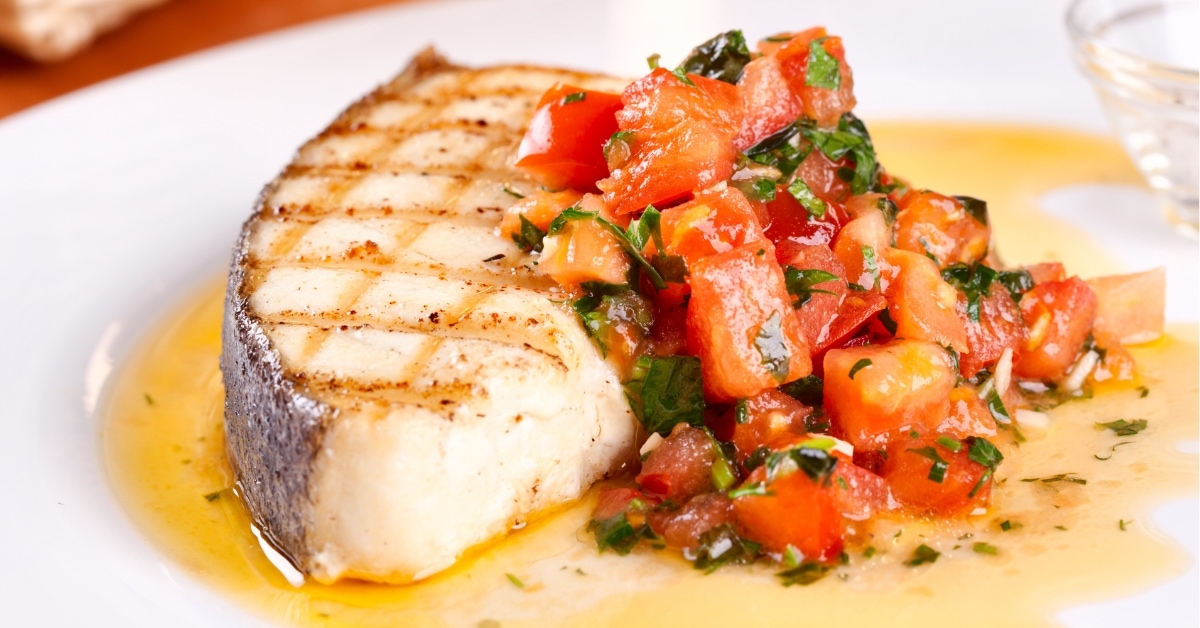
Corvina Fish: A Culinary Symphony of Flavor, Versatility, and Nutritional Excellence
In the vast and diverse world of seafood, where every species brings its own unique flavors and textures to the table, corvina fish emerges as a culinary marvel. Revered for its mild taste, firm texture, and versatility in the kitchen, corvina has become a sought-after choice for seafood enthusiasts and chefs alike. In this exploration, we will delve into the origins, characteristics, nutritional benefits, and the myriad culinary possibilities that define corvina, offering a closer look at this intriguing aquatic gem.
Origins of Corvina Fish:
Corvina, a term that broadly encompasses various fish species within the Sciaenidae family, finds its roots in both saltwater and freshwater environments. The term is most commonly associated with the Corvina Sea Bass (Cynoscion spp.), a species revered for its culinary attributes and found in the coastal waters of the Americas.
Characteristics of Corvina Fish:
Corvina fish possesses a distinctive set of characteristics that contribute to its culinary allure. The flesh of corvina is known for its pristine white color, firm texture, and mild flavor. The firmness of the flesh makes corvina an ideal candidate for various cooking methods, while its mild taste appeals to those who prefer a seafood option without an overpowering oceanic flavor.
Among the various corvina species, the Corvina Sea Bass stands out with its large size and striking silver coloration. Its robust build and swift swimming habits contribute to the development of lean, muscular flesh, enhancing both the texture and taste of the fish.
Nutritional Benefits of Corvina Fish:
Beyond its culinary appeal, corvina fish brings a wealth of nutritional benefits to the table. Rich in lean protein, corvina is a smart choice for individuals seeking to maintain a healthy and balanced diet. Additionally, corvina serves as a source of essential nutrients such as omega-3 fatty acids, which are renowned for their cardiovascular benefits.
The omega-3 fatty acids present in corvina contribute to heart health, potentially reducing the risk of heart disease. These essential fatty acids also play a role in supporting brain function and development, making corvina a nutritious choice for individuals of all ages.
Culinary Uses of Corvina Fish:
Corvina’s versatility in the kitchen is a testament to its culinary prowess. Its mild flavor and firm texture allow it to adapt to various cooking methods, opening the door to a world of culinary possibilities. Here are some popular culinary uses of corvina fish:
- Grilling:
- The firm texture of corvina makes it well-suited for grilling. Whether marinated with herbs and spices or simply seasoned with salt and pepper, corvina develops a delightful char on the grill while retaining its moisture and flavor.
- Baking or Roasting:
- Baking or roasting corvina in the oven provides a controlled cooking environment. This method is often preferred when incorporating complementary flavors such as citrus, herbs, or a light glaze.
- Pan-Searing:
- Pan-searing corvina creates a golden-brown crust on the outside while preserving the tender and flaky interior. This method is quick and suitable for busy weeknight meals.
- Ceviche:
- The mild taste and firm texture of corvina make it an ideal choice for ceviche, a dish where raw fish is cured in citrus juices. The acidity of the citrus “cooks” the fish while preserving its delicate flavor.
- Steaming:
- Steaming corvina is a gentle cooking method that retains the fish’s moisture and subtle taste. This is a popular approach in Asian cuisines, where the emphasis is on preserving the natural flavors of the ingredients.
Global Culinary Influence:
Corvina fish has made a significant impact on global culinary scenes, finding a place in various regional dishes that showcase its adaptability. In Latin American countries like Panama, corvina is often featured in ceviche, highlighting its compatibility with citrus flavors. In Mediterranean cuisines, corvina may be prepared with olive oil, garlic, and herbs, embodying the simplicity and freshness characteristic of the region’s dishes.
The versatility of corvina allows it to seamlessly integrate into diverse culinary traditions, making it a sought-after ingredient that resonates with chefs and home cooks worldwide.
Sustainability Considerations:
As with any seafood choice, the sustainability of the fishery is a crucial factor to consider when selecting corvina. Responsible sourcing and adherence to sustainable fishing practices play a pivotal role in ensuring the long-term viability of corvina stocks. By choosing sustainably sourced corvina, consumers contribute to the preservation of marine ecosystems and the delicate balance of aquatic life.
Conclusion:
Corvina fish, with its mild taste, firm texture, and nutritional benefits, stands as a culinary marvel that continues to capture the attention of seafood enthusiasts and chefs around the world. Whether grilled to perfection, featured in a refreshing ceviche, or prepared in diverse global dishes, corvina’s versatility in the kitchen makes it a valuable addition to the world of seafood.
As you explore the culinary possibilities of corvina, consider the diverse ways in which this fish can elevate your dining experience. From its origins in coastal waters to its place on your plate, corvina fish invites you to savor the delicious intersection of flavor, texture, and health benefits in every delectable bite.



